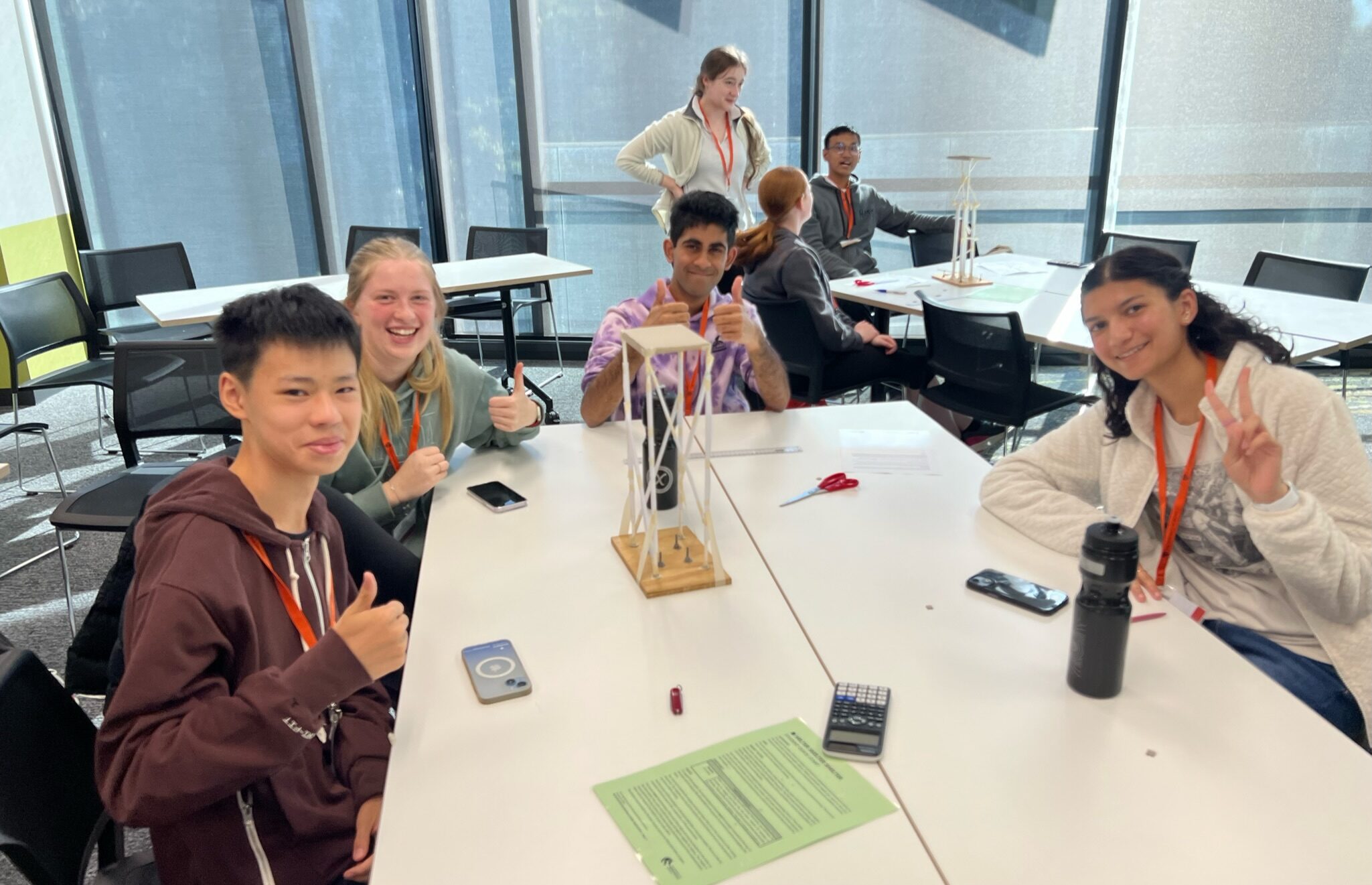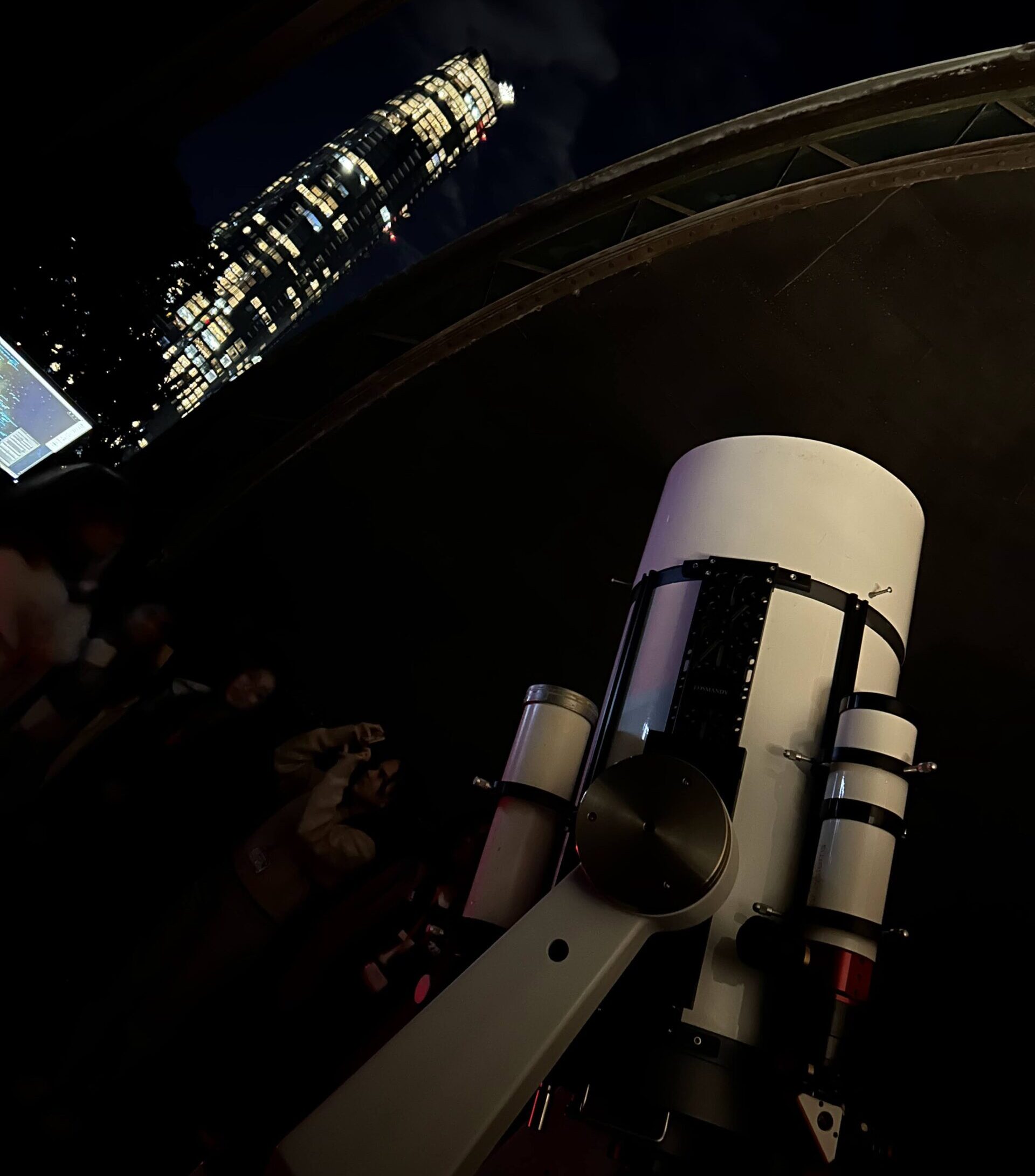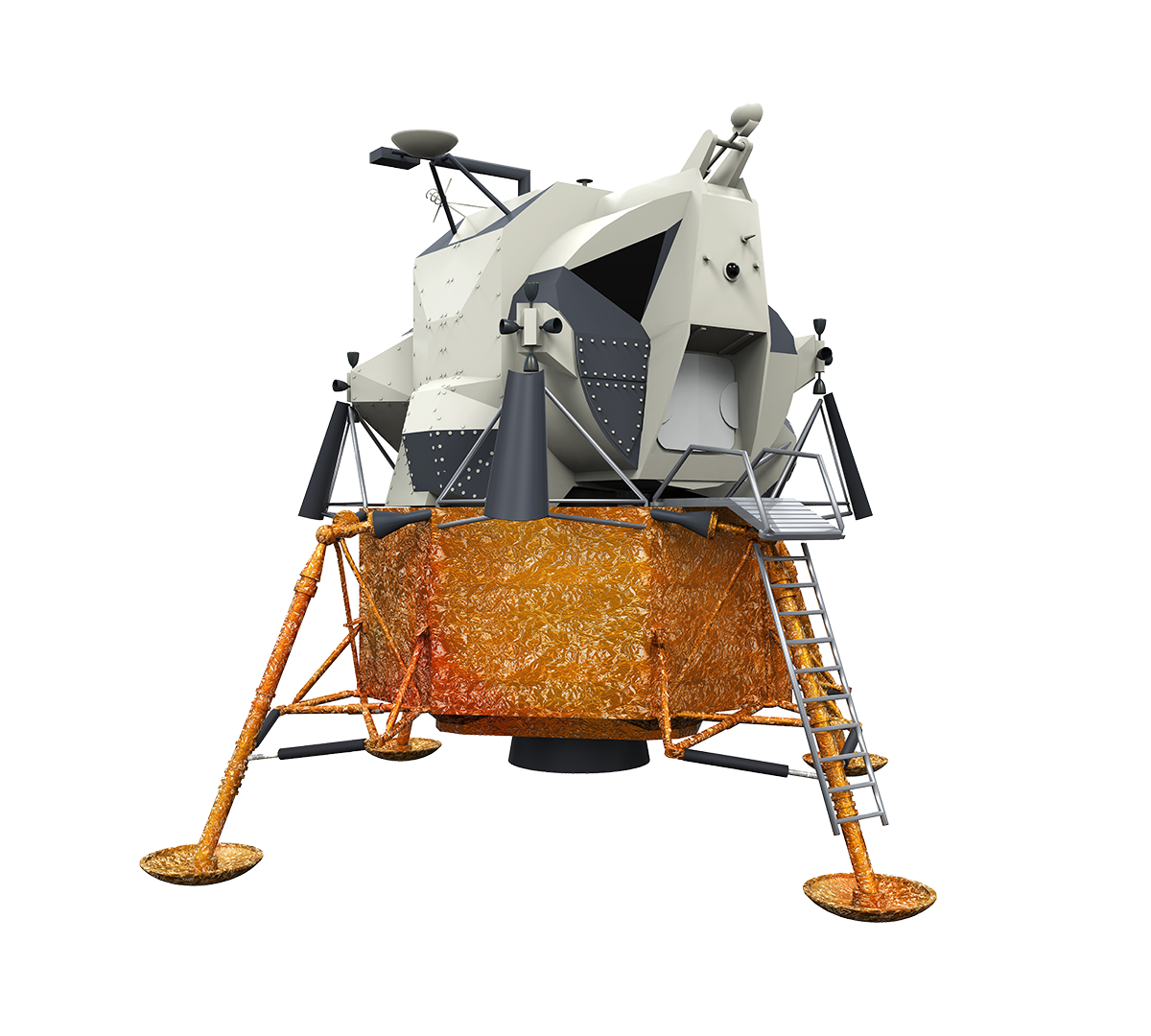I’ve always been curious about how the other side of the world looks. Or, rather, how the other side of the world looks at the sky. Having lived my entire life in the Northern Hemisphere, I was familiar with constellations like the Big Dipper, Andromeda, Cygnus. And having read a lot as a kid, I was familiar with some of the stars that dotted the sky down South. When I realized I would be in the Southern Hemisphere, I was incredibly excited to get a chance to see the stars I’d been missing out on.
We land in Sydney on a sunny Friday morning. In the morning sunlight, Sydney’s beautiful harbor sparkles. I am fascinated by the most mundane differences between here and my home in Seattle. The large birds that lurk near the bins and at the backs of restaurants are so different from the pigeons and seagulls I am used to. The carefully chosen plants that decorate the streets range from palm trees to magnolias. I blink, surprised. At home, it’s summer and the magnolias are in full bloom; here, they are only recognizable because of their distinctive leaves.
Even with all the differences, the similarities between Sydney and my home near Seattle are striking. Both cities are very green and near water. Neither city is flat - the hills we walk up and down while looking for lunch, feel almost familiar. And the summer temperatures at home are only a bit warmer than the winter temperatures in Sydney.
We make our way to a zoo, and my inner Wild Kratts fan cheers. I can still vividly recall the episode on Tasmanian Devils and other completely uniquely Australian wildlife. I am an American tourist and so, by nature, fascinated by the koala and kangaroo. We are particularly lucky when we get to feed a cassowary named Princess. He is so sweet and gentle, despite the fearsome description in National Geographic Angry Birds: 50 True Stories of the Fed Up, Feathered, and Furious. The whole experience is so different from many of the zoos I have been to in the States.
The time difference really hits me when the sun begins to set. But although my brain is running at half the processing power, I am in awe of how large the moon looks. Even deep in the city, the stars are clearly visible. And even in my half-asleep state, I am aware of how different the sky looks from up North.
It is Sunday afternoon when we arrive at the International Science School’s accommodation, about twenty minutes from the University of Sydney. We start off with a trivia night, and it’s so incredible to meet people with such a broad range of knowledge. It’s nine pm when we get to go to bed and I am running on some weird mix of Seattle and Sydney time, so I fall asleep right away, excited for tomorrow’s lecture on fusion energy.
On the way to the university, I meet so many new people. It is a completely different experience from back home. So many more people want to go into medicine, whereas where I’m from, most people want to do computer science. People from different countries have completely different perspectives than I would have thought of. I learn about different countries’ higher education processes and their opinions on college applications in America. I learn that organic chemistry is a critical part of most Australian students’ education, which is not at all the case in my school. I learn that a lot of people are like me - incredibly excited for the lectures and the chance to learn more science!
The fusion energy lecture is every bit as fascinating as I thought it would be. I learn about stellarators, tokamaks, and pedestals. The magnetic field diagrams feel counterintuitive, and the math is mind-bending, but Professor Howard Wilson is kind enough to walk me through the parts of his lecture that went over my head. The topic has an almost magnetic nature, and by the end of it, I am extremely interested in taking advanced physics courses in college.
We get to learn about dark matter next. It is as mysterious and intriguing as its name. I am enchanted by the nebulae and galaxies on each slide. It is so hard to believe and think about the fact that none of it would exist without this mass that we still know so little about. I am fascinated by the fact that by looking at the Cosmic Microwave Background that permeates our universe, we can prove the universe is near flat. And I’m extremely grateful to Professor Alan Duffy for humoring my astronomical quantity of questions after the lecture.
Our next lecture is on stem cell research, and I am fascinated by Dr. Anai Gonzalez Cordero’s work. The idea of personalizing medicine to treat specific genetic conditions is so interesting. I think it will revolutionize the efficacy of treatments and I’m so excited for the avenues this could open for testing new experimental treatments.
In the middle of the week, we have a science and engineering challenge. The Australian students, I learn, do this in school anyway. I am in a group of four. We are all from different countries, but despite the differences in our background, we collaborate really well. When building our earthquake resistant building, we are quick to offer new solutions and combine ideas to create a stronger structure. It ends up being able to hold all the weight provided, while being shaken on the earthquake machine. It is one of the best experiences I’ve had working in a group, and it's taught me that thoughtful communication and humility is absolutely essential to success.
It is on Thursday that I get to fulfill my goal of looking at the stars in the Southern Hemisphere. I’ve signed up for a tour of the Sydney observatory and I am so incredibly excited. I am also incredibly lucky - my group is the only one which manage to see the sky without a thick cloud cover. We look at Alpha Centauri - which has been a dream for years. The room whirs as the telescope turns towards the Jewel Box cluster. As I look through the telescope at these glittering balls of hydrogen, I am star-struck. Isn’t it remarkable that in a universe built on probabilities, the light and gas from the birth of the cosmos condensed to form these beautiful structures?
Our next lectures are just as engrossing. I get to hear from Dr. Karl, whose lecture is just as exciting as I had heard. We learn about quantum computers, which leaves me in a superposition of both understanding them and not understanding them. But even though my comprehension is limited, Dr. Xanthe Croot’s lecture leaves me inspired to study condensed matter at some point in my future. We learn about climate change and the need for alternative energy sources. We learn about fluorescence and why Vegemite glows under a UV lamp. Our last lecture is on Antarctic Ecology, and how often, one’s career ends up looking nothing like expected. I learn a lot about the value of being flexible and taking full advantage of opportunities whenever they present themselves.
It is a bitter moment when I leave. I am leaving a place where I have had the opportunity to meet the most brilliant people and learn the most extraordinary things. So much of it has stayed with me. What I learnt about quantum mechanics and nuclear fusion has enhanced my understanding of the Oppenheimer film. The viral video of the pasta stirring itself reminds of nuclear fusion and ignition. Even now, I sometimes walk on the left side of sidewalks. I am so immensely grateful to the International Science School and Higher Orbits for giving me this experience. I hope that I can take what I have learned to create change and make this world a better place.



